What may have been a wild wolf was struck and killed by a vehicle between North Bend and Snoqualmie Pass in eastern King County.
A U.S. Fish & Wildlife Service official in Portland says this
morning that yesterday WDFW notified them that a wolf may have been hit
on I-90, and that state employees recovered the carcass of the
uncollared, untagged and black-coated female “suspected” wolf.
USFWS spokesman Brent Lawrence said the animal was located between
mile markers 41 and 42, which is between Exit 38, the road to the
Washington State Fire Training Academy and Exit 42, which leads to the
U.S. Forest Service’s Tinkham Campground.
Posters on Hunting-Washington also report seeing a wolf in that general vicinity on Monday.
The carcass has since been sent to a federal forensics lab for DNA
testing and cause of death determination, according to Lawrence.
USFWS has jurisdiction over the species in the western two-thirds of the state, where wolves remain federally listed.
WDFW’s wolf observation map
includes numerous citizen reports from further west in Washington, but
this could represent the most westward confirmed advance of the species,
a not-unexpected development, but one also of note. “Wolves are able to cover long distances, and expansion into the
western part of Washington is not unexpected,” said Lawrence. “In other
areas of the country with healthy wolf populations, wolves are
occasionally struck by vehicles attempting to cross roadways.”
WSDOT and other partners have been working to build wildlife-friendly passages on the east side of Snoqualmia Pass.
As it stands, if confirmed as a wild wolf, it would be at least the
fourth that’s been struck and killed by a vehicle in Washington. Others include one near Tum Tum west of Spokane in 2008, another on the north side of Blewett Pass in 2013 and the other Ruby Creek female in Pend Oreille County last year.
This time of year sees loners leave their
packs. Recently, one from Northeast Oregon tripped through South-central
Washington before turning south and recrossing the Columbia; currently
it is somewhere in Oregon’s Central Cascades. Another Beaver State wolf
is reported in Malheur County.
The Teanaway Pack of northwestern Kittitas
County is the closest to where yesterday’s carcass was recovered. It has
had gray pups, and while wolf coats come in different shades, several
packs in Northeast Washington and Northeast Oregon are known to produce
black pups. Presumably some in southern BC do too.
IN OTHER WOLF news today, WDFW released
a trail camera image
of one just north of Hozomeen Campground in the Ross Lake National
Recreation Area in January. The agency also reported on inconclusive
investigations into a reported attack on a dog in Okanogan County and
sightings on the east side of the Southern Cascades.







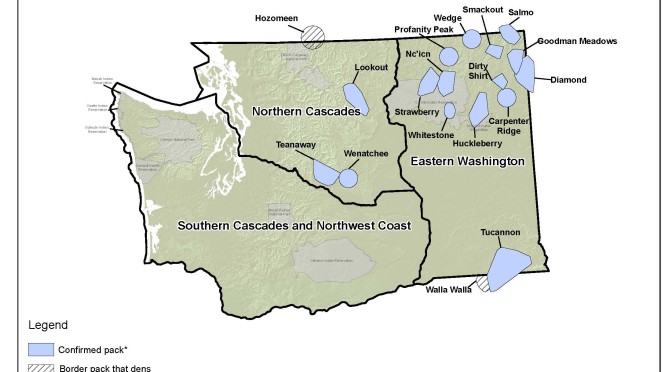





 Two adorable pups, named Boone and Belle were born on March 29th.
Two adorable pups, named Boone and Belle were born on March 29th.



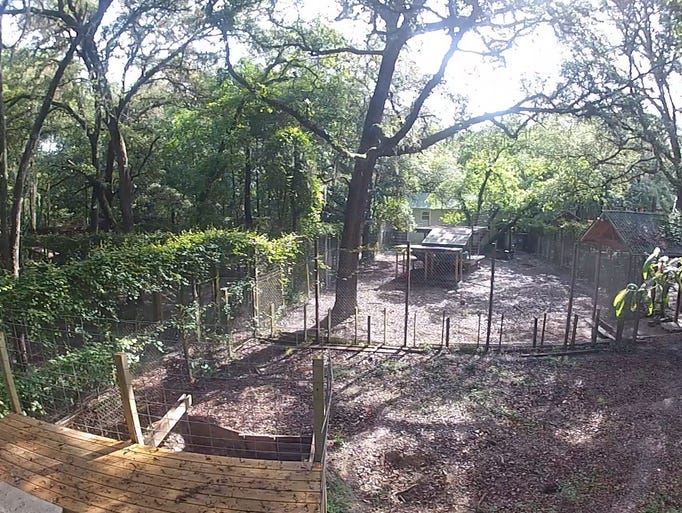
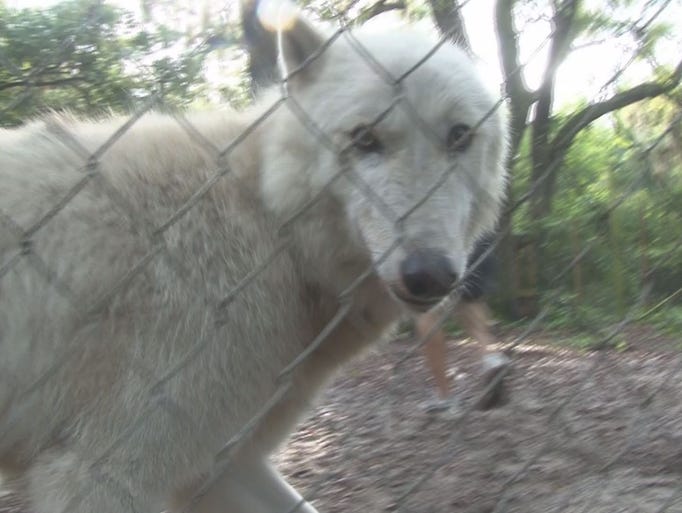
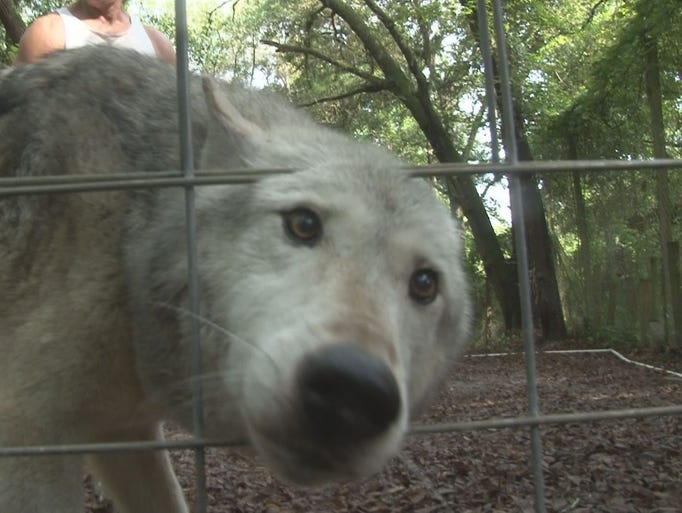
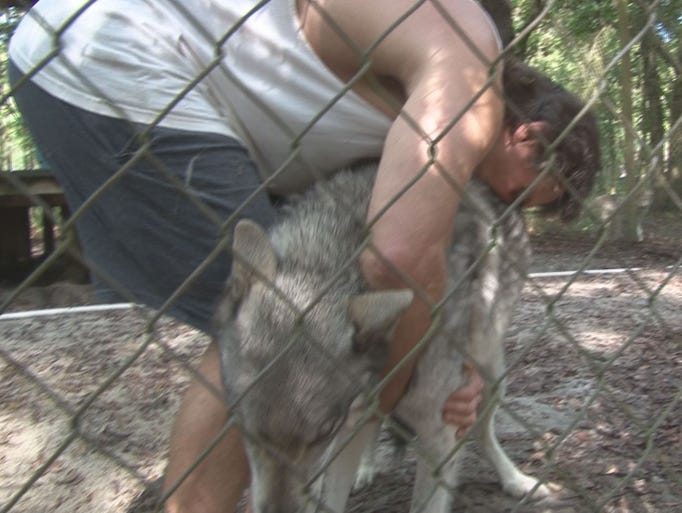
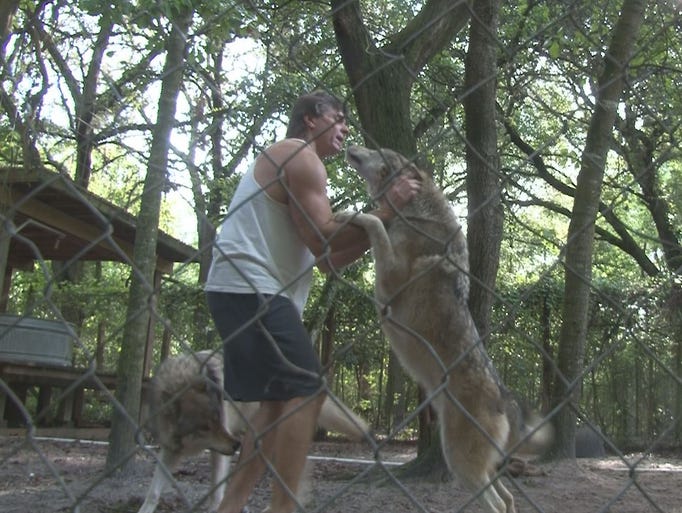
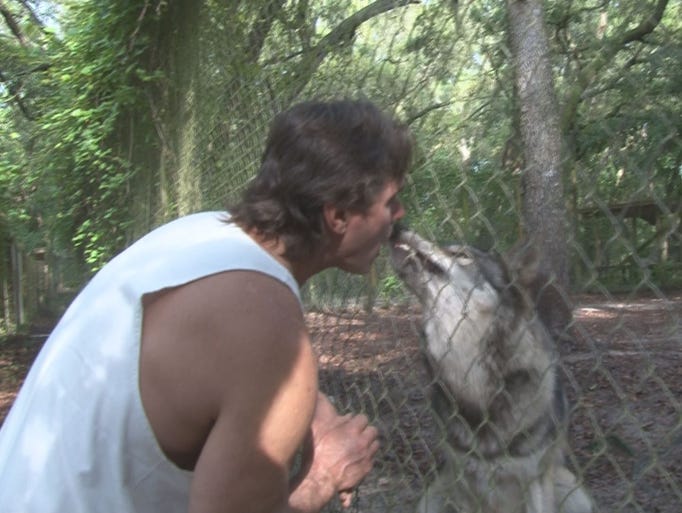
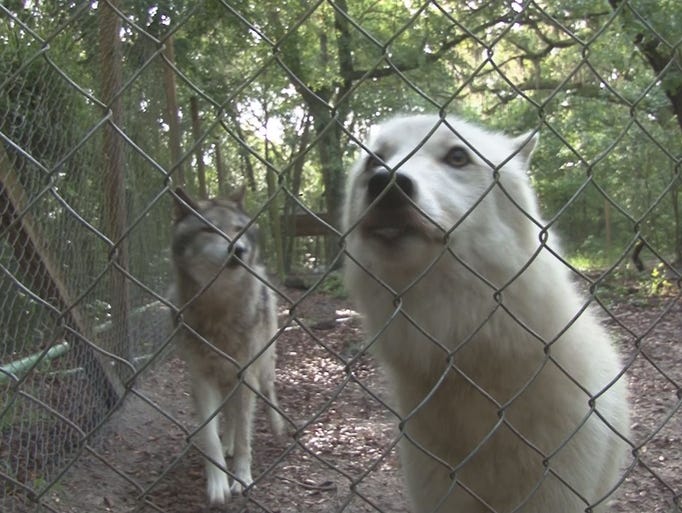
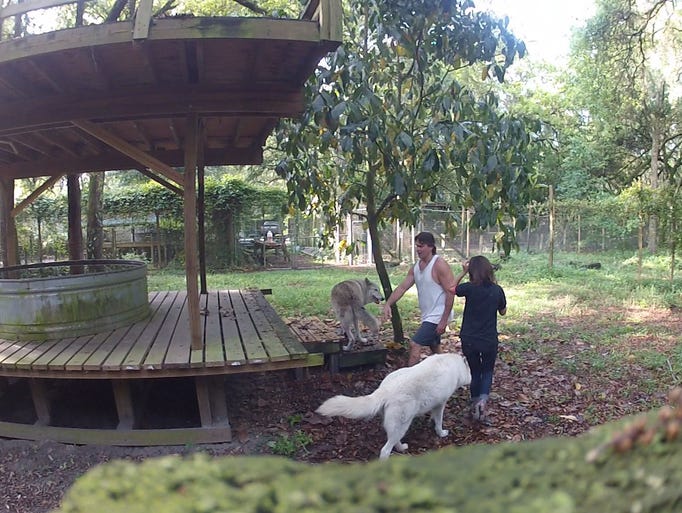
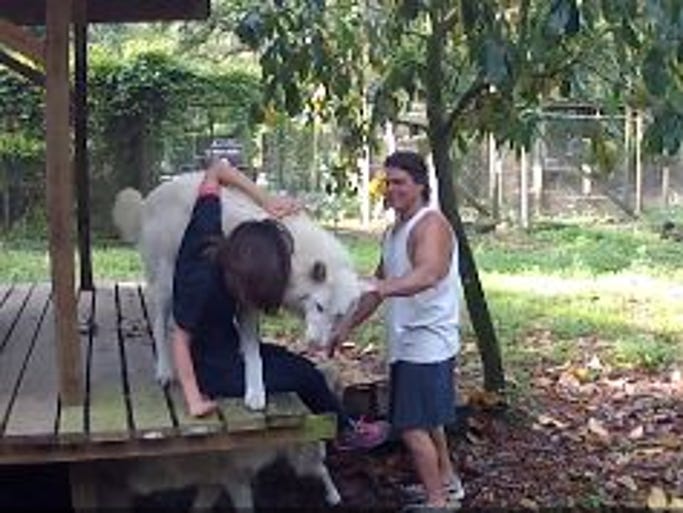


 Canis
rufus, one of the southeast's rarest predators, was once found along
the Atlantic and Gulf Coasts, west to central Texas and north to the
Ohio River Valley. By 1980, this majestic animal was functionally
extinct in the wild due to habitat loss and systematic extermination.
Thanks to captive breeding, a recovery program was started in 1987 in
northeast North Carolina.
Canis
rufus, one of the southeast's rarest predators, was once found along
the Atlantic and Gulf Coasts, west to central Texas and north to the
Ohio River Valley. By 1980, this majestic animal was functionally
extinct in the wild due to habitat loss and systematic extermination.
Thanks to captive breeding, a recovery program was started in 1987 in
northeast North Carolina.


 By
Kelly House | The Oregonian/OregonLive
By
Kelly House | The Oregonian/OregonLive


